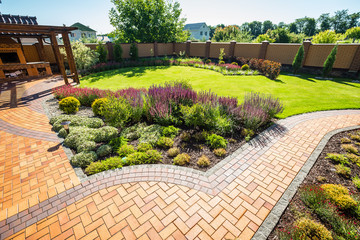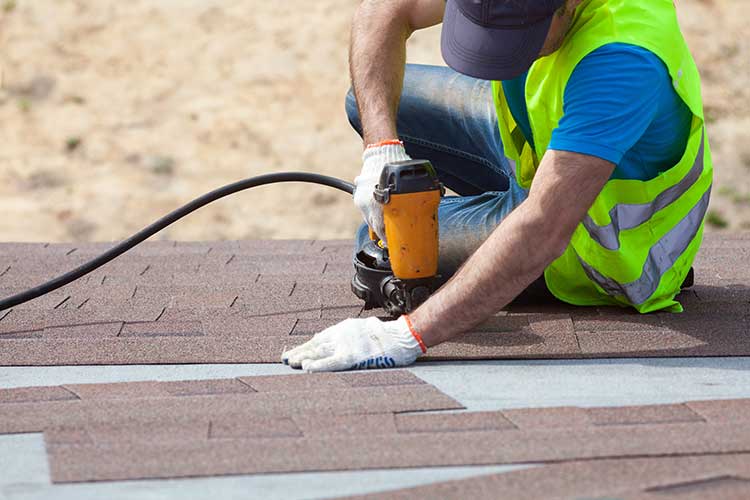It is known for its sleek avenues and roaring economy, but the city has an unrelenting battle with trash. The story of Rubbish Collection Armadale is a tale of ingenuity and resilience.
Place all waste curbside in secure containers. Bundled cardboard may be left next to the containers, and garbage bags may be placed directly on the curb only after 8 p.m.
Recycling has become one of the most well-known aspects of trash collection. You may think of it as a way to avert global catastrophe or save money, but the most meaningful reason to recycle is to help the environment.

Recycling diverts materials from landfills and conserves energy and natural resources to manufacture new products. It also reduces greenhouse gas emissions, industrial pollution and deforestation. By saving energy and raw materials, recycling can also lower the cost of goods to consumers.
To be recycled, most materials must be separated and sorted. This can be done at the source (source separation), where each type of waste is collected and segregated from garbage, or at the point of disposal (curbside separation). Ideally, source-separated recycling should be placed in bins labeled with a recycling decal or clear plastic bag. In reality, this is not always possible. Many communities allow commingling of paper and non-paper recyclables (such as metal cans and glass bottles), while others offer curbside sifters to separate glass from other materials.
In any case, recycling is only a small part of overall waste management. It ranks below reduce and reuse in the waste hierarchy because it is not a solution to most materials’ long-term needs, which will always be limited by their material properties. In addition, recycling uses a substantial amount of resources in its process.
The best way to reduce the need for recycling is to make less waste in the first place. But this is not always feasible, especially in the context of a global economy that encourages consumption and production. Even so, we should strive to be environmentally responsible with the material products we consume.
Beyond recycling, other options to reduce the volume of garbage include donation and composting. Donating gently used items gives them a new life and helps others, while composting transforms biodegradable waste into organic material that fertilizes the soil. The most important thing to remember is that, no matter what your trash collection system looks like, you should always try to produce as little waste as possible.
Garbage is any discarded material that cannot be reused, returned, recycled or salvaged. It is also known as domestic refuse and waste material. It is the waste that comes out of the bathroom and kitchen and consists of organic waste, clothing, food waste and paper products. Different organizations like the City sanitation department and Waste control departments work to pick up this garbage and then it is sent to the landfills or Waste-to-Energy facility.
Garbage also refers to worthless or meaningless material or ideas. The term is derived from the fact that old food and other household debris can attract all kinds of gross things including germs, rats and roaches. This can lead to serious sanitation concerns and is why it must be regularly disposed of.
Junk is trash that does not come from the bathroom and kitchen. It can be twigs, leaves, grass clippings, old furniture and junk products. It is usually picked up by the City sanitation department and sometimes contactors are hired by County’s Commissioner’s office. This trash is usually sent to the landfills or Waste-to-Energy facilities.
The difference between garbage and trash is that garbage is highly putrescible while rubbish is not. It is important to separate the two to prevent contaminating water and soil. It is also important to separate trash from other types of solid waste because it is not recycled and can be dangerous to health.
Trash disposal is a major cost for municipalities. For example, spends $2.3 billion on collection and disposal. This is a significant amount of money for an essential service that many people take for granted. It is crucial for residents to understand how these costs are determined and what can be done to reduce them.
Waste can be categorized as municipal solid waste, hazardous waste and e-waste. Municipal solid waste includes residential, commercial and industrial waste. Hazardous waste is any material that has the potential to harm human health or the environment. It includes materials such as asbestos, mercury, PCBs and lead. It is a large portion of the nation’s solid waste and must be properly disposed of to protect the environment.
Organic waste consists of food scraps, yard waste and other once-upon-a-living material that accounts for the single-largest portion of residents’ daily trash. When left in landfills, this material decomposes, producing methane, a potent greenhouse gas. If burned in an incinerator, it produces dioxins, which are dangerous to human health and pollute the environment. In contrast, when deposited in an industrial composting facility, the organics create a valuable, soil-like product that can be used to fertilize gardens and houseplants or sold for landscaping use.
DSNY currently collects curbside organics from a select group of neighborhoods, where about 40 percent of residents participate in the program. The city plans to expand the program to all neighborhoods by 2024, in addition to mandating residential organics collection for schools and requiring large and medium-sized food service establishments to separate their organics.
In the short term, diverting more tonnage from refuse to recycling and organics can boost efficiency in these streams, creating per-ton cost savings. However, at some point, the efficiency boost will diminish as the volume of material collected reaches functional capacity. This point is when average routes are collecting the same number of tons in a truck run, regardless of whether they are focused on one or another waste stream.
At the moment, DSNY trucks are collecting roughly three million tons of refuse each year. Last year, it collected about 48,000 tons of organics through its existing opt-in program . The new law (Intro 244-A) will make residential organics collection mandatory starting in October of 2024.
Cleghorn explains that, while the organics that residents toss into their green carts isn’t a huge amount of the total waste stream, it represents a significant shift from a traditional waste system in which food and yard waste are thrown into the garbage. In the future, this type of waste will be taken to a specialized processing facility in where it will be sorted and processed into usable product. Some of it might end up being ‘digested’ by bacteria to produce biogas, while the rest will be used for composting at the 33-acre site.
Electronic waste, or e-waste, refers to unwanted electrical and electronic equipment that has reached the end of its life. It may be entire devices or their components. In the it is estimated that about 60 million metric tons of e-waste ends up in landfills each year.
E-waste is a significant global concern because it contains numerous toxic chemicals that can harm human health and the environment. It is also a significant source of air and water pollution. For example, if a device is crushed or burned, it can release lead, arsenic, copper, cadmium, mercury, beryllium, nickel, silver, and gold into the air and water. These chemicals can then leach into the soil and water, contaminating them. In addition, e-waste can contain phthalates and brominated flame retardants.
In response to this growing problem, several countries in the have enacted laws to regulate e-waste. In 2010, passed a Law on Batteries and Accumulators, while has a Law on Management of Special Waste Stream that includes e-waste.
Electronic recycling is important because it can prevent these materials from ending up in landfills. It can also help save energy by reducing the need to mine and manufacture new electronics. In fact, many companies are now offering electronics recycling programs. These can be found through a simple online search.
For residents, local governments have established a program that allows them to recycle covered electronic devices (CEDs) for free. Residents can drop off their CEDs at participating collection sites. The Department of Energy and Environmental Protection, or DEEP, maintains a list of residential e-waste recycling locations on its website. Non-residential generators—such as businesses, town offices, schools, and nonprofit organizations—should contact their municipal recycling coordinator for more information about e-waste recycling options.
In developing countries, however, the trade in used electronics has become a vital source of income and employment. This trade is often conducted in rural communities, where skilled repair and reuse skills are not widely available. In addition, e-waste disposal in developing countries is often unregulated, leading to the accumulation of hazardous chemicals and metals such as mercury, lead, cadmium, and toxins from batteries and plastic casings.



